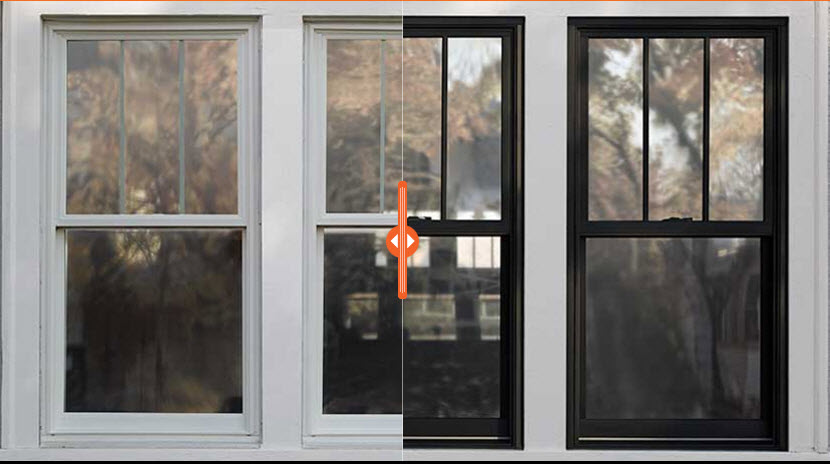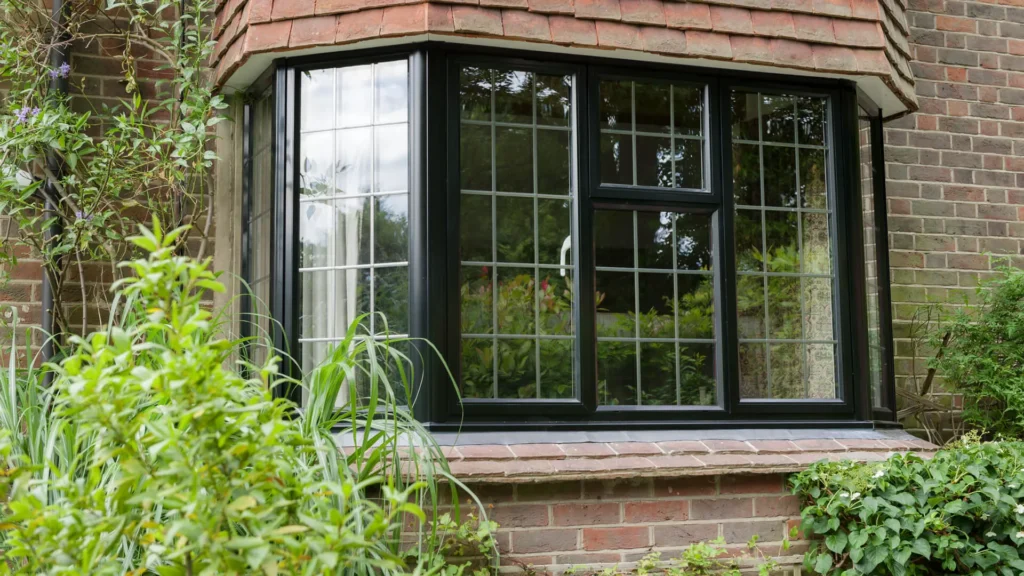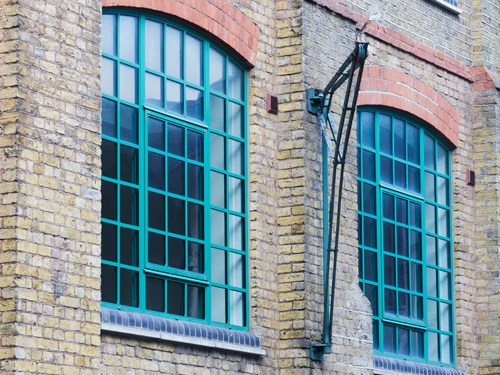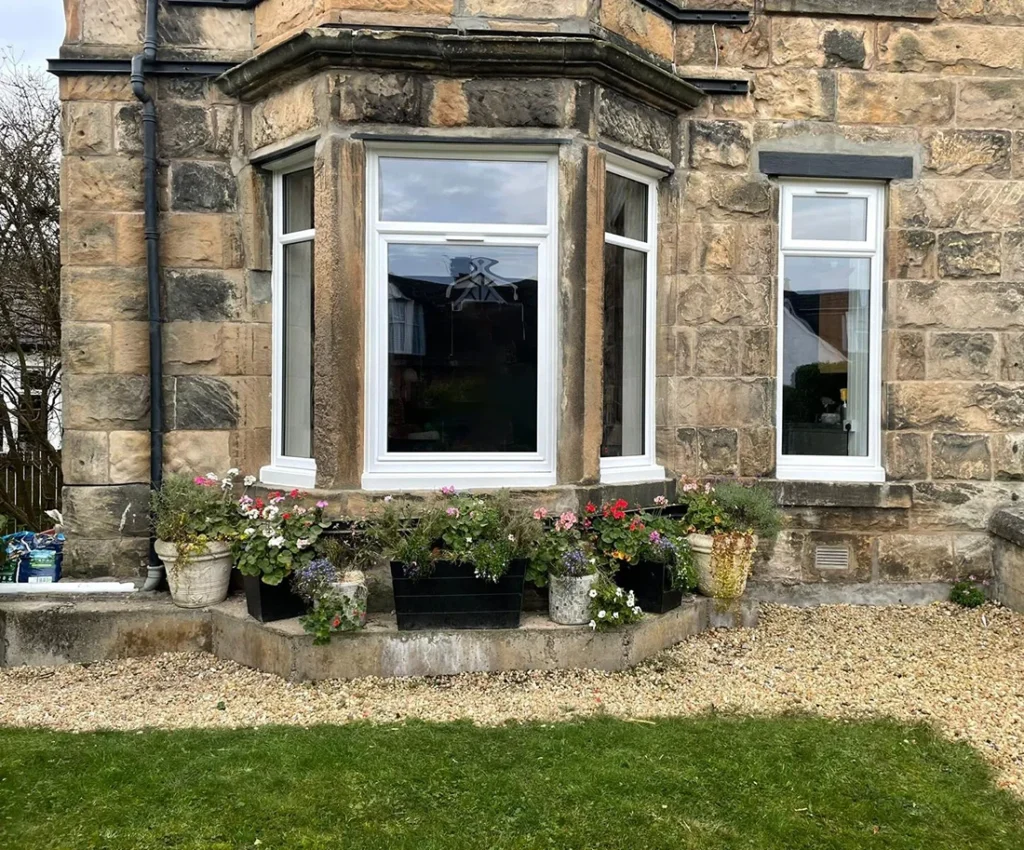
Methods of Replacing Old Windows with New Ones in Scotland: A Complete Guide
Replacing old windows is one of the most effective ways to enhance energy efficiency, improve comfort, and boost property value. However, understanding the specific methods of replacing old windows with new ones in Scotland is essential, especially with the country’s unique building regulations, historic properties, and climate considerations. In this guide, we’ll cover the best approaches to window replacement, including the most suitable materials, installation methods, and how to navigate Scotland’s regulations.
1. Understanding Local Regulations for Window Replacement in Scotland
Before beginning any window replacement project, it’s crucial to be aware of the regulations governing these changes. Scotland has specific rules regarding window replacements, particularly for properties in conservation areas or listed buildings. These regulations often dictate what materials and styles can be used, particularly for historic properties.
In many cases, planning permission may be required depending on the age and location of your home. For instance, when upgrading windows in listed buildings, the new designs must closely match the original style to preserve the property’s historic character.

2. Methods of Replacing Old Windows
There are several methods of replacing old windows with new ones in Scotland, each suited to different types of homes and personal preferences. Here are a few common methods:
- Full-frame replacement: This method involves removing the entire window, including the frame, and replacing it with a brand-new unit. It is the most comprehensive approach, suitable for homes with older or damaged window frames.
- Insert window replacement: Also known as “retrofit replacement,” this method keeps the existing frame intact and replaces only the window itself. It’s ideal for homes with structurally sound frames but outdated or inefficient windows.
- Sash window replacement: Popular for period homes, this method involves replacing the sash (the part of the window that holds the glass) while retaining the original frame, especially in older buildings that require preservation of historic elements.
3. Double Glazing: An Essential Upgrade
One of the most popular methods of replacing old windows with new ones in Scotland is upgrading to double-glazed units. Double glazing involves using two panes of glass with an insulating gap in between, which dramatically improves the window’s thermal performance. Given Scotland’s colder climate, double glazing is a common and recommended upgrade for anyone looking to improve their home’s energy efficiency.
For those in older homes, particularly in conservation areas, there are often specific styles of double glazing that maintain the aesthetic of the original windows while providing modern insulation benefits.

4. Choosing the Right Window Materials
Selecting the right material for your new windows is crucial for balancing energy efficiency, durability, and aesthetic appeal. Below is a comparison of popular window materials commonly used in Scotland:
Comparison Table: Window Materials
| Material | Durability | Energy Efficiency | Maintenance | Best Use |
|---|---|---|---|---|
| Vinyl | High | Excellent | Low | Modern homes looking for energy efficiency |
| Wood | Moderate | Good | High | Historic properties needing a traditional look |
| Aluminum | High | Moderate | Low | Contemporary homes with a sleek design |
| Fiberglass | Very High | Excellent | Low | Homes requiring durability and high insulation |
- Vinyl: Known for its energy efficiency and low maintenance, vinyl is a cost-effective and durable option for window replacement in modern homes.
- Wood: Often used in historic buildings, wood provides a classic look but requires more maintenance to prevent rot and weathering. It’s commonly chosen for properties in conservation areas where aesthetics are vital.
- Aluminum: This material offers a modern, sleek appearance, but its energy efficiency is lower compared to wood or vinyl. However, it requires little maintenance.
- Fiberglass: Fiberglass is a high-performance material offering excellent insulation and durability, making it ideal for both traditional and contemporary homes.

5. Sash Window Replacement for Historic Properties
For older properties in Scotland, sash window replacement is a common method, especially for retaining the traditional character of the building. Sash windows can be upgraded to double-glazed units to improve energy efficiency while maintaining the classic appearance of the home.
In many cases, conservation areas or listed buildings will require you to replace your sash windows with units that match the original design. You can opt for timber frames that align with the traditional aesthetic or more modern materials that replicate the look of wood while providing improved insulation.

6. Retrofitting Windows in Older Homes
If you’re in a historic home or listed building, retrofitting windows can be a viable method of improving insulation without compromising the original design. This method involves updating the glass and insulating the frame while leaving much of the original structure intact. It’s a good solution for maintaining architectural integrity while benefiting from modern energy-efficient window technologies.
7. Energy-Efficient Window Options
When replacing your windows in Scotland, energy efficiency is a key consideration due to the colder climate. Opt for energy-efficient windows that provide excellent insulation and reduce heat loss. Modern double-glazed or triple-glazed windows can significantly reduce energy costs, helping keep your home warm and comfortable all year round.
8. Planning Permission for Window Replacement
In many cases, replacing windows falls under permitted development, meaning you won’t need planning permission for basic replacements. However, for listed buildings or homes in conservation areas, planning permission for window replacement may be required. Always check with your local authority before making changes, especially if your property is subject to restrictions.
Conclusion
There are several methods of replacing old windows with new ones in Scotland, ranging from full-frame replacements to retrofitting options, and each method has its benefits depending on the age and type of property. Whether you’re upgrading for energy efficiency, preserving the historic character of your home, or simply looking for a more modern style, understanding the materials, installation methods, and regulations will help you make an informed decision.
